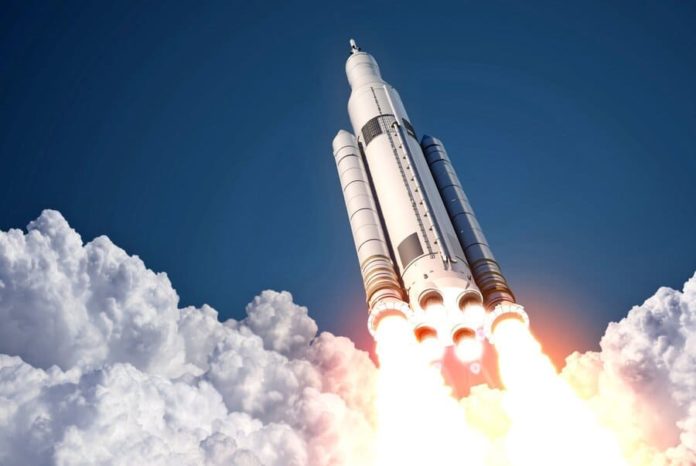The realm of space exploration has always captivated the human imagination. From the first successful rocket launches to landing on the moon, our quest to understand and explore the cosmos is unending. As technology advances and new frontiers emerge, the future of rocket launches and space exploration promises to be even more thrilling. This article explores what’s next in our journey beyond Earth.
The evolution of rocket launches
Early rocketry and milestones
The journey of rocketry began with pioneers like Robert Goddard and Wernher von Braun, whose innovations laid the foundation for modern space exploration. Milestones such as the launch of Sputnik, the first artificial satellite, and the Apollo moon landings demonstrated humanity’s ability to reach and explore space.
Modern rocketry: reusability and innovation
Today’s rocket technology has evolved significantly, with reusability being a key focus. SpaceX’s Falcon 9 and Falcon Heavy rockets have revolutionized the industry by successfully landing and reusing first-stage boosters, drastically reducing launch costs and increasing efficiency.
SpaceX starship
SpaceX’s Starship, currently under development, aims to further push the boundaries. Designed for deep space missions, including potential crewed missions to Mars, Starship represents a significant leap in space travel capabilities.
Blue Origin and New Shepard
Blue Origin, founded by Jeff Bezos, is also making strides with its New Shepard and New Glenn rockets. New Shepard focuses on suborbital space tourism, while New Glenn aims to compete in the heavy-lift launch market.
The future of space exploration
Lunar missions: the return to the moon
NASA’s Artemis program is set to return humans to the Moon by 2024, with the goal of establishing a sustainable human presence. This mission will pave the way for further lunar exploration and serve as a stepping stone for future Mars missions.
Artemis I, II, and III
- Artemis I: An uncrewed test flight to validate the Space Launch System (SLS) and Orion spacecraft.
- Artemis II: The first crewed mission, flying around the Moon and returning to Earth.
- Artemis III: The mission that will land astronauts on the lunar surface, including the first woman and the next man.
Mars exploration: the next giant leap
Mars has always been a focal point for space exploration due to its potential for past or present life and as a future destination for human colonization.
NASA’s Perseverance rover is currently exploring Mars, collecting samples for future retrieval and analysis. These missions aim to uncover signs of ancient life and prepare for human exploration.
Both NASA and SpaceX have plans for crewed missions to Mars. SpaceX aims to send humans to Mars within the next decade using its Starship, while NASA is developing the necessary technologies and infrastructure to support long-term missions.
Beyond Mars: exploring the outer solar system
The outer planets and their moons present intriguing possibilities for exploration.
NASA’s Europa Clipper mission, set to launch in the 2020s, will explore Jupiter’s moon Europa, which is believed to have a subsurface ocean that could potentially harbor life.
NASA’s Dragonfly mission will send a rotorcraft lander to Titan, Saturn’s largest moon, to study its surface and prebiotic chemistry, providing insights into the building blocks of life.
Technological advancements in space exploration
Innovations in propulsion systems, such as ion thrusters and nuclear thermal propulsion, promise to reduce travel time and enhance the efficiency of deep space missions.
AI and robotics are playing an increasingly vital role in space exploration, from autonomous rovers to AI-driven data analysis, enabling more efficient and effective missions.
Developing sustainable habitats and life support systems is crucial for long-duration missions. Advances in closed-loop life support systems, radiation protection, and in-situ resource utilization (ISRU) are key areas of research.
FAQs
What is the Artemis program?
The Artemis program is NASA’s initiative to return humans to the Moon and establish a sustainable presence, serving as a stepping stone for future missions to Mars.
When will humans go to Mars?
NASA and SpaceX both have plans for crewed missions to Mars, with potential timelines ranging from the late 2020s to the 2030s.
What is the significance of reusable rockets?
Reusable rockets significantly reduce the cost of space launches, making space exploration more accessible and sustainable.
How does AI contribute to space exploration?
AI enhances space exploration by enabling autonomous operations, data analysis, and decision-making, improving the efficiency and success of missions.
The future of rocket launches and space exploration holds immense promise, driven by technological advancements and ambitious goals. From returning to the Moon to exploring Mars and beyond, humanity’s journey into the cosmos is set to reach new heights. As we continue to push the boundaries of what’s possible, the next chapter in space exploration will undoubtedly be one of discovery, innovation, and inspiration.













